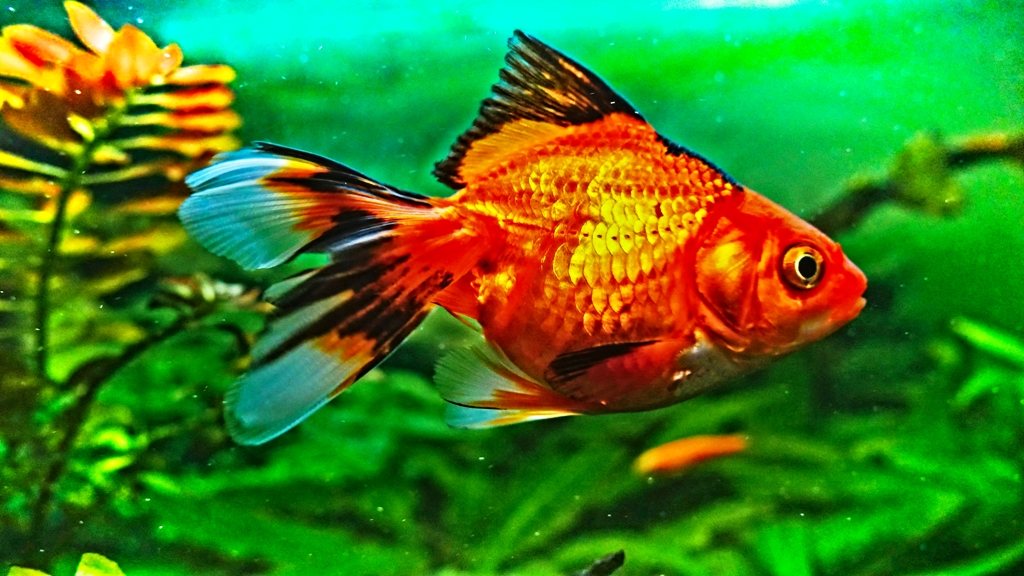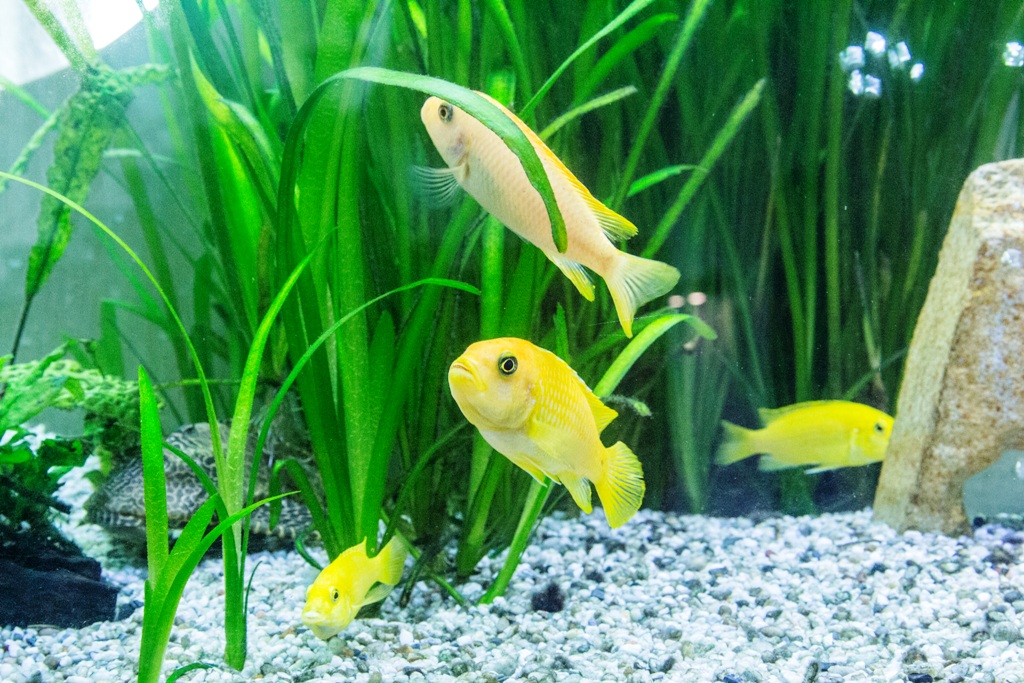
Moving to a new home can be an exciting adventure, but it also comes with its share of challenges, especially when it involves relocating a beloved aquarium. Aquariums are not just glass boxes filled with water; they are intricate ecosystems that house our aquatic friends and bring a piece of the underwater world into our homes. Ensuring a smooth and stress-free transition for your aquatic setup is crucial for the health and well-being of its inhabitants. Here’s how you can make your aquarium move as seamless as possible.
Planning Ahead is Key
The success of moving your aquarium largely depends on careful planning and preparation. Start by deciding whether you will move the aquarium yourself or if you need professional help. Assess the new location in your home where the aquarium will go, ensuring it’s away from direct sunlight, sturdy enough to support the weight, and near power outlets. Gather all necessary supplies, such as buckets, siphons, and water conditioners, well in advance of moving day.
Preparing Your Aquarium for the Move
A few days before the move, it’s essential to prepare your aquarium. Begin by performing a water change, removing about 20-30% of the water, which will help reduce stress on the fish and improve water quality during the transition. Avoid feeding your fish for 24-48 hours before the move to minimize waste.
The Day of the Move
Moving day can be hectic, but with a solid plan, you can ensure a smooth transition for your aquarium.
Transporting the Fish
The safest way to transport fish is in clean, 5-gallon buckets with lids. Fill the buckets with water from the tank to help preserve the water’s temperature and chemistry, making the transition easier for your fish. For extra oxygenation, consider using battery-operated air pumps.
Moving the Aquarium
Once the fish are safely secured, focus on moving the aquarium itself. Drain all remaining water and remove any decorations, substrates, and equipment. These should be packed separately to prevent damage. If possible, carry the aquarium with the help of friends or movers, keeping it level to avoid putting undue stress on the seams.
Setting Up in the New Location

Upon arriving at your new home, it’s crucial to set up the aquarium as quickly as possible to minimize stress on your aquatic life.
Reassembling Your Aquarium
Start by placing the aquarium in its predetermined spot. Add the substrate, decorations, and equipment back into the tank. Fill the tank with the water you brought from the old tank, and add fresh, dechlorinated water as needed to reach the appropriate level. Make sure to match the temperature and pH of the water as closely as possible to minimize shock to the fish.
Introducing Your Fish to Their New Home
Before introducing your fish back into the tank, let the system run for a while to ensure the filter, heater, and other equipment are working correctly. Gradually acclimate your fish to the new water conditions by floating them in the tank in their transport containers for about 15-20 minutes. This step helps equalize the temperature and reduces stress.
A Smooth Start in Your New Home
Moving your aquarium doesn’t have to be a source of anxiety. With thoughtful preparation, careful execution, and a little patience, you can ensure a seamless transition for your aquatic friends. They’ll be back to swimming happily in their new location in no time, bringing life and beauty to your new space.
The Joy of a New Beginning
As you watch your fish explore their freshly set-up tank, take a moment to appreciate the effort and care that went into ensuring their safety and comfort during the move. Relocating an aquarium successfully is a testament to your dedication as an aquarist and provides a unique opportunity to rethink and possibly redesign your aquatic setup. Embrace this new beginning as a chance to enhance your hobby and deepen your connection with your aquatic pets.



